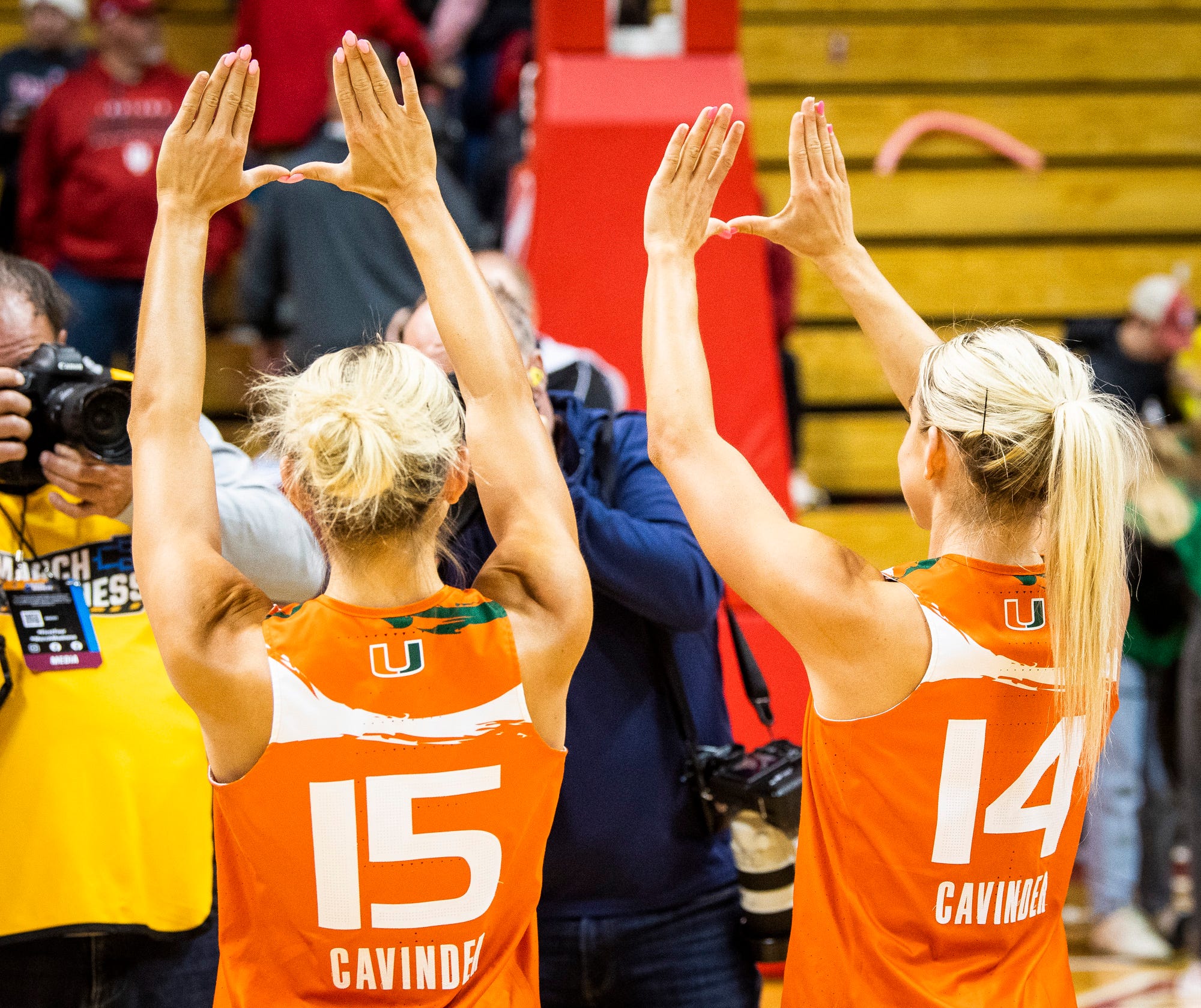Projected Lines
Forwards
1st Line: Chris Kunitz – Sidney Crosby – Steven Stamkos
2nd Line: Patrick Sharp – Jonathan Toews – John Tavares
3rd Line: Patrick Marleau – Ryan Getzlaf – Corey Perry
4th Line: Jamie Benn – Patrice Bergeron – Matt Duchene
Reserves: Jeff Carter – Rick Nash
Defensemen
1st Pair: Duncan Keith – Drew Doughty
2nd Pair: Marc-Edouard Vlasic – Shea Weber
3rd Pair: Jay Bouwmeester – Alex Pietrangelo
4th Pair: Dan Hamhuis – PK Subban
Goalies
Starter: Carey Price
Backup: Roberto Luongo
Backup #2: Mike Smith
Strength: Forward Depth
At first glance I was tempted to claim that Canada’s greatest strength heading into Sochi was their star power. With a roster that is comprised of pieces such as the best player in the world, the reigning Norris trophy winner and the captain of last years Stanley Cup champion, it has a legitimate case to claim that title. I quickly came to the realization that despite this being an obvious asset, it wasn’t thee asset. It was just an element of a much larger, more dynamic strength of the Canadian roster; it’s depth.
There are dozens of stats that prove this judgment but one in particular stands out above the rest. Seven of the top ten scorers in the NHL for the 2013-14 season will be representing Canada in Sochi. In fact, Canada could have bumped that number up to eight if it weren’t for the selection committee passing on Joe Thornton and his 50 points. Meanwhile, the only other countries who can even claim one top ten scorer are Sweden (Nicklas Backstrom) and the United States (Patrick Kane).
That stat, all on it’s lonesome, is astonishing but once you start to breakdown that statistic even further it becomes truly staggering. Of those seven players, six of them are linemates for their respective NHL teams. Crosby and Kunitz play alongside one another in Pittsburgh, Getzlaf and Perry are side-by-side in Anaheim and Toews and Sharp lead the top line in Chicago. I probably don’t have to spell it out for you but I’m going to anyways just to hammer it home. Team Canada’s top three lines will consist of the three highest scoring duos the NHL has to offer.
With six of the top nine forwards already in place it becomes a game of matching talent with talent for coach Mike Babcock. He’ll have players such as Steven Stamkos (if healthy), John Tavares, Matt Duchene, Patrick Marleau, Jamie Benn, Patrice Bergeron, Jeff Carter and Rick Nash at his disposal to pair up with the lethal trio of linemates. I’m sure Babcock will have plenty of sleepless nights ahead of him trying to figure out this ‘brutal’ puzzle.
Weakness: Goaltending
It doesn’t take too much digging to uncover Canada’s main concern heading into Sochi. The countries deficiency in what used to be a position of dominance (thanks in large part to Martin Brodeur) had been well documented leading up to the orientation camp announcement. The selection committee had a smorgasbord of lackluster netminders to pick from and eventually went with a quintet of Roberto Luongo, Mike Smith, Carey Price, Braden Holtby and Corey Crawford.
At first glance it appeared that the youngsters had the upperhand. Corey Crawford was gaining international traction thanks to a spectacular season in which he backstopped the Chicago Blackhawks to the Stanley Cup. Braden Holtby burst onto the scene with a 2012-13 performance that saw him accumulate a .920 save percentage while being one of the catalysts of the Washington Capitals impressive turnaround. Meanwhile, the trio of veterans (yes, Carey Price can be considered a veteran after 310 games) produced some less than stellar performances. None of them finished in the top 20 in goals against average or save percentage and Luongo even managed to lose his starting role in Vancouver to Corey Schneider.
Even at the time it was clear that the Canadians would rely heavily on the first half of the season when gauging whom they would bring to Sochi, and it’s a good thing that they did. Crawford has suffered through injuries and inconsistency, leading to a below average .911 save percentage and 2.47 goals against average. Holtby hasn’t fared any better. In his 28 starts he has a GAA of 3.08 which is 41st amongst qualifying goalies. Thanks to those struggles both Crawford and Holtby were passed over by the selection committee, leaving the Canadians with a trio of Price, Luongo and Smith.
So which of the three can we expect to grab the full-time role? Well we definitely know it will not be Mike Smith. The Coyote netminder struggled during the lockout shortened season and has managed to slip even further in 2013-14. He’s nowhere near the top 20 in goals against average (2.95) or save percentage (.909) and the rankings only get worse when it comes to the 5-on-5 stats.
That leaves Babcock with the choice of Luongo or Price. It’s more than likely that Luongo has the upper hand in this battle. He lead the 2010 Canadian team to the gold medal in Vancouver and has been very solid through the first half of the season. His .922 save percentage and 2.23 goals against average are his best marks since the 2010-11 season and he’s looked impressive while doing so.
Carey Price doesn’t have history on his side but he is the best in-form goalie on Canada’s roster. He’s tied for 6th in the NHL in wins (21), 9th in goals against average (2.19) and tied for 5th in save percentage (.928).
When taking those stats into account its hard to consider that the netminding position is an actual weakness. Plenty of countries would be willing to take either Luongo or Price as their starter, but that doesn’t put the Canadian’s minds at ease. Luongo has a tendency to not show up for the big games (as Canucks fans can attest to) while Price has been somewhat inconsistent throughout his career and has zero olympic experience. Other gold medal contenders such as the United States, Sweden and Finland have one or two shutdown goalies on the roster which can stack the odds in their favor if any one of them gets hot during the short tournament. Thats something Canada just can’t claim to have in Sochi.









